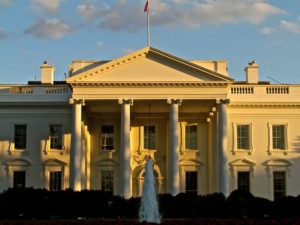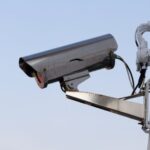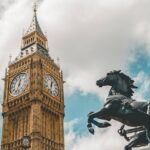“The setting of appropriate guidelines, training, and enforcement of processes surrounding the use of face recognition and other biometric technologies is critical to ensuring public trust and safety while respecting the rights of all people.” – John Mears, Chairman, IBIA

Those in the biometrics industry who have been calling for government regulation are now, thanks to an Executive Order from the White House, poised to get their wish, and the International Biometrics & Identification Association (IBIA) is seeking to make sure that it and its members will get to play a role in shaping those government guidelines.
The Biden Administration’s EO from May 25 entailed a range of directives pertaining to policing and community safety, with one of its 23 sections focusing on facial recognition technology. In particular, Section 13 of the Order directs the National Research Council – an arm of the National Academy of Sciences – to develop a report on the use of facial recognition technology.
At the same time, the directive demands a separate report to be jointly produced by the Director of the White House Office of Science and Technology Policy, the Secretary of Homeland Security, and the US Attorney General. This report is meant to lay out best practices in facial recognition technology as well as guidelines detailing how law enforcement agencies (or ‘LEAs’) should use the technology.
The White House effort to foster the development of national guidelines for facial recognition will meet a demand that has come from both critics of biometric technology and proponents from within the industry itself. Wary of the legal ambiguities that fog this technological Wild West, groups ranging from the Electronic Frontier Foundation to Amazon have called for guidance from the top-down.
Now that such regulation is actually starting to get underway, the IBIA has clearly spotted its opportunity to help shape the regulatory framework.
Acknowledging that facial recognition represents an area where “the pace of technology advances faster than the proliferation of associated policies, best practices, and training to use the technology,” IBIA Board Chairman John Mears asserted, “The setting of appropriate guidelines, training, and enforcement of processes surrounding the use of face recognition and other biometric technologies is critical to ensuring public trust and safety while respecting the rights of all people.”
“IBIA has been a leader in this regard since its inception in 1998, publishing analyses, best practices, a Code of Ethical Conduct, and guidelines for the responsible use of a wide array of biometric technologies,” Mears continued. “In the spirit of inclusivity, we call on the President to ensure that our wealth of experience and expertise, as well as our industry Members’ inputs, are included throughout the entire study and interagency process.”
From here, industry actors have several months to ramp up their efforts to work with the relevant government authorities on facial recognition guidelines. The National Research Council’s is due within 180 days of the Executive Order, while the joint OTSP-DHS-Attorney General report is to be published within 18 months.
Sources: IBIA, The White House
–
June 7, 2022 – by Alex Perala








Follow Us